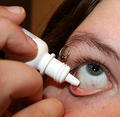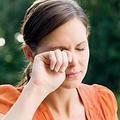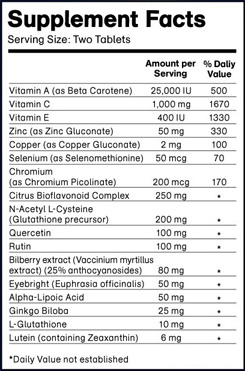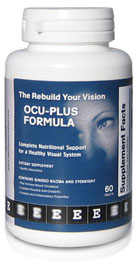|
Eye Infection and Allergy Information
It's not uncommon for a person to experience an eye infection and allergy at the same time, and it's actually pretty common for an allergy to develop into an infection if it's left untreated. Pink Eye is the common name for most eye infections that cause the eye to swell up and turn red. It's actually sort of an umbrella term used to describe these symptoms, and contrary to popular belief not all cases of pink eye are actually contagious. The term pink eye comes with a sort of stigma that it's easily transferred from one person to another, but that's actually only the case if the infection is caused by a bacteria or virus. Eye infection and allergy symptoms are often the same though, which is why someone with an Eye Allergy might easily confuse it with an infection. Allergic conjunctivitis is the actual term for an eye allergy, and the Eye Allergy Symptoms of that usually include swelling, redness, excess tearing, and Blurry Vision due to all the tears in the eye. Does that sound familiar? Those are the exact same symptoms usually associated with a contagious Eye Infection. It's important to go talk to a doctor if you think your Eye Allergies are worse than normal. Just as there are a lot of people who mistakenly think that a common eye allergy is the same as a contagious eye infection, the opposite is true as well. You could easily pick up a virus or bacteria that affects your eyes, but if you are prone to allergies you might just dismiss it as another allergy attack. Pay careful attention to the Eye Allergies Symptoms you're experiencing, and get in touch with a doctor immediately if anything seems out of the ordinary.
An untreated eye infection has the potential to actually harm your eyes and possibly cause some scarring to occur. If you want to Protect Your Eyesight, you can't take any chances with your vision. So what are the Eye Allergy Treatments for something like this? Surprisingly, some of the same treatments are used for both an allergic response and an infection. Your doctor will probably prescribe a decongestant, an antihistamine, or an ocular steroid. Ocular decongestants bring down the level of redness by constricting most of the blood vessels located in the eye. They're mostly used for short-term treatment since long-term use can be potentially dangerous. In fact, using more than the recommended amount could actually make your Allergy Eye Symptom worse. Ocular antihistamines block histamine release and help bring down swelling and itching. You can get these over the counter if you haven't seen a doctor, but there are also stronger prescription versions that your doctor might recommend instead. Ocular steroids are usually the last line of defense against eye infection and allergy symptoms, mostly since misuse can actually lead to Vision Problems and eye damage. It's been recorded that overusing ocular steroids might increase your risk of developing Cataracts later on in life, so you have to be very careful with this Allergy Eye Treatment.

Subscribe to EyeSight Vision Care! , our monthly newsletter with in depth information to help you keep up to date on how to Protect Your Eyesight with a free bonus. Fill out the form below. You'll then receive an email asking you to confirm that you subscribed. You'll always have the option to unsubscribe at the click of your mouse. Eye Infection and Allergy to Allergy Eye Symptoms
|
More Information

















